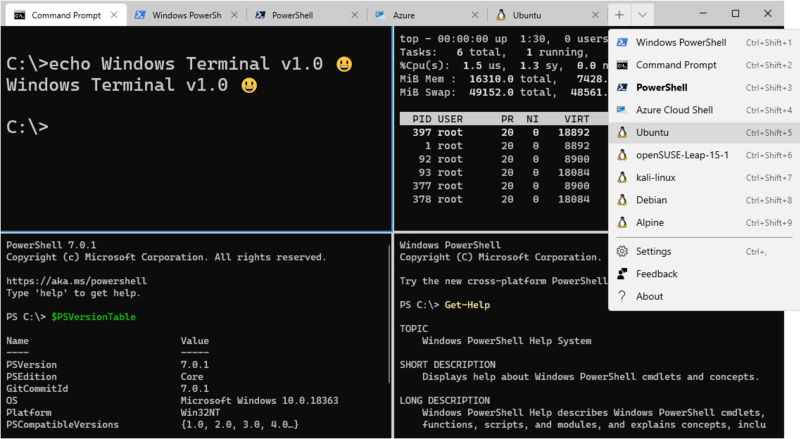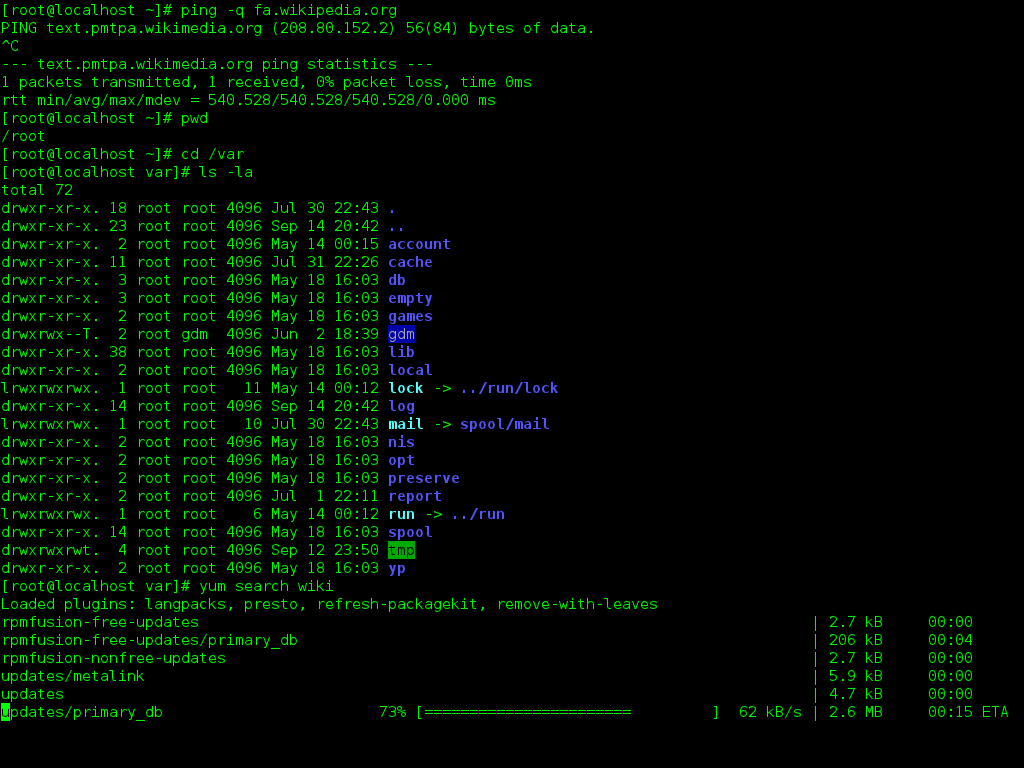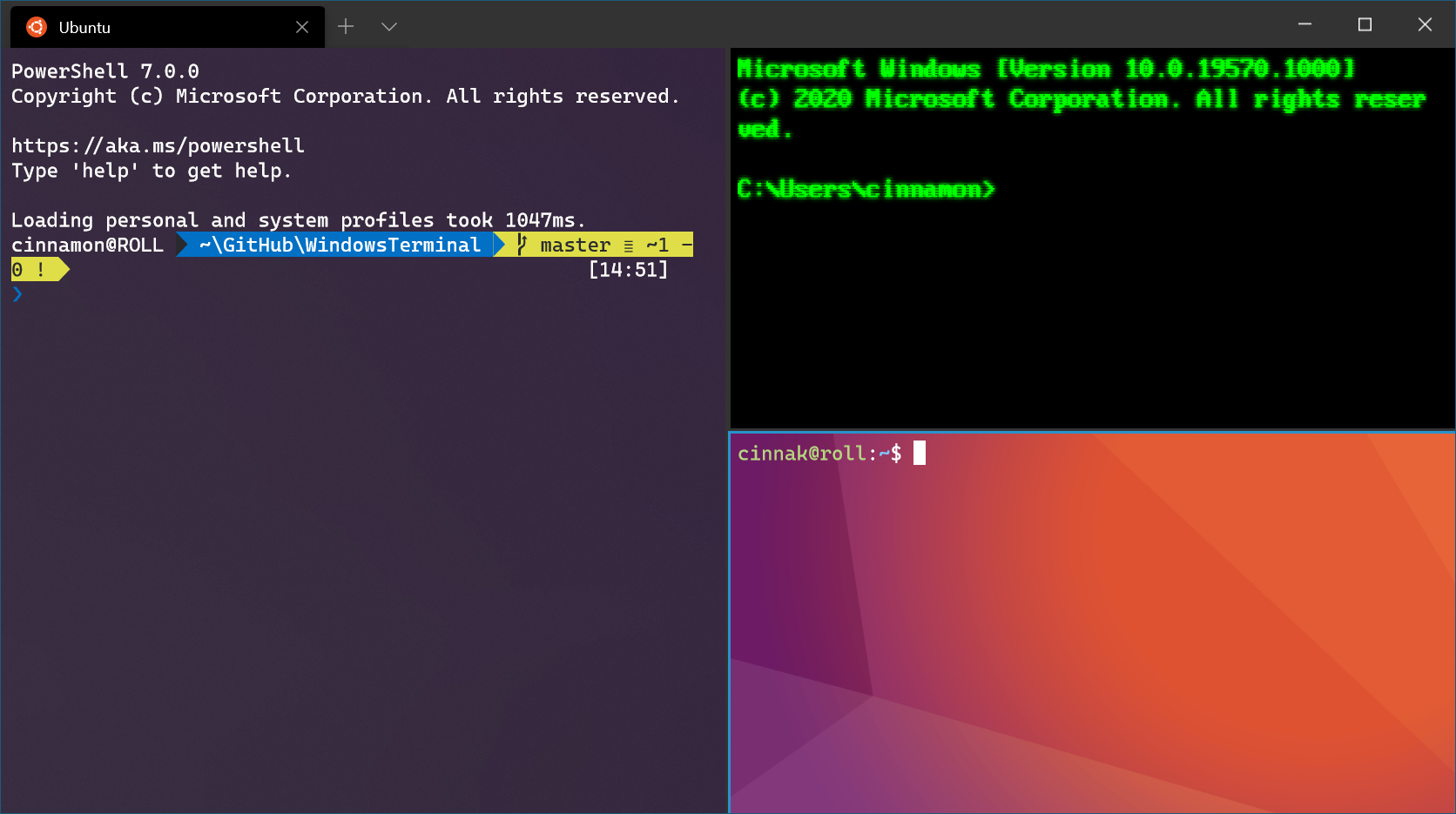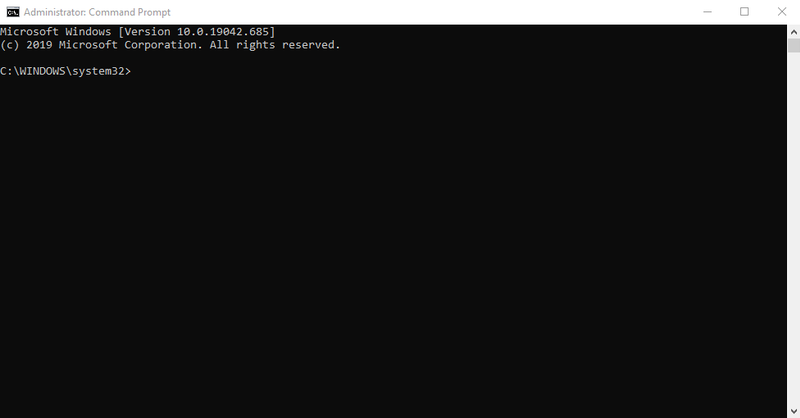Master the art of Bash scripting with this comprehensive tutorial. Whether you’re a beginner or an experienced programmer, this article will equip you with the essential knowledge and skills to automate tasks, streamline processes, and enhance your productivity. Get ready to dive into the world of Bash scripting and unleash the full potential of your command line environment.
Pre-requisites for Bash scripting
To start learning Bash scripting, there are a few pre-requisites that you should have in place. First, you’ll need a basic understanding of the command-line interface in Linux. Familiarize yourself with common commands and navigation within the terminal.
Next, it’s important to have a good grasp of the Linux operating system, as Bash is primarily used on Unix-like systems. If you’re not already familiar with Linux, consider taking a Linux training course to gain the necessary knowledge.
Having a basic understanding of a scripting language, such as Python or JavaScript, can also be helpful when learning Bash scripting. This will give you a foundation in programming concepts and logic, which can be applied to Bash scripting.
When it comes to text editors, choose one that you’re comfortable with. Popular options include Vim, Emacs, and Visual Studio Code. Having a reliable text editor will make writing and editing your Bash scripts much easier.
Lastly, if you’re using Windows, consider installing the Windows Subsystem for Linux (WSL) or using a virtual machine to run a Linux distribution. This will allow you to practice and execute your Bash scripts in a Linux environment.
By having these pre-requisites in place, you’ll be well-prepared to dive into the world of Bash scripting and start automating tasks, improving your productivity, and becoming a more efficient Linux user.
Introduction to Bash scripting

Introduction to Bash Scripting
Bash scripting is a powerful tool for automating tasks and enhancing productivity in the Linux environment. With Bash, you can create scripts to automate repetitive tasks, manage complex workflows, and even build your own applications. Whether you’re a system administrator, a programmer, or just a curious learner, understanding Bash scripting can greatly benefit you in your Linux journey.
In this tutorial, we will explore the fundamentals of Bash scripting, focusing on its command-line interface and its role as a scripting language. We will dive into the syntax and structure of Bash scripts, learning how to write and execute them effectively. We will also discuss various concepts like control flow, looping, variables, and functions, which are essential for scripting in Bash.
Throughout the tutorial, we will reference relevant tools and technologies such as text editors, Linux distributions, and the Windows Subsystem for Linux. We’ll also touch upon topics like debugging, software portability, and exception handling, which are crucial for creating robust and reliable Bash scripts.
By the end of this tutorial, you will have a solid foundation in Bash scripting and be equipped with the skills to automate tasks, streamline workflows, and unlock the full potential of the Linux operating system. So, let’s dive in and embark on this exciting journey of learning Bash scripting.
Advantages of Bash scripting

1. Automation: Bash scripting allows you to automate repetitive tasks, saving time and effort. You can create scripts to perform a series of commands or actions, reducing manual intervention.
2. Efficiency: With Bash scripting, you can streamline complex processes and workflows. By writing scripts, you can execute multiple commands or programs simultaneously, improving efficiency.
3. Portability: Bash scripts are highly portable and can be run on various Unix-based systems like Linux distributions, macOS, and even Windows with the help of emulators or virtual machines.
4. Customization: Bash scripting offers a high level of customization. You can create scripts tailored to your specific needs, incorporating conditions, loops, variables, and functions to achieve desired results.
5. Integration: Bash scripts can easily integrate with other software and tools, making it a powerful choice for system administrators and developers. You can execute commands, interact with databases, control flow, and perform exception handling.
6. Debugging and testing: Bash scripting provides debugging capabilities to identify and fix errors in your scripts. You can also test and refine your scripts before deploying them, ensuring smooth execution.
7. Accessibility: Learning Bash scripting opens doors to the world of command-line interfaces, which is essential for system administration, web development, and programming. It enhances your understanding of how computers and the underlying Unix shell work.
By mastering Bash scripting, you gain valuable skills that can help you in various fields, including software development, system administration, and cloud computing. So, take the plunge and start learning Bash scripting today!
Overview of Bash shell and command line interface
The Bash shell is a command line interface commonly used in Linux distributions. It is a powerful tool for interacting with a computer system and automating tasks. The command line interface allows users to execute commands and scripts directly, providing a more efficient and flexible way of managing a system compared to a graphical user interface.
Bash is an improvement over the original Bourne shell, offering additional features and improved usability. It is also highly portable, making it compatible with various operating systems including macOS and Microsoft Windows through the use of emulators or virtual machines.
With the Bash shell, users can perform a wide range of tasks such as managing files and directories, running applications and scripts, and interacting with databases. It supports various programming constructs like loops, conditional statements, and functions, allowing for the creation of complex scripts and automation of repetitive tasks.
To work with Bash, users can use a text editor to write scripts and execute them using the command line interface. Alternatively, they can use integrated development environments (IDEs) or web applications like Replit to write and run Bash scripts online.
Getting started with Bash scripting

Bash scripting is a powerful tool for automating tasks in a Linux environment. Whether you’re a system administrator or a programmer, learning Bash scripting can greatly enhance your productivity.
To get started, you’ll need a Linux distribution or a virtual machine running Linux. Bash is the default shell in most Linux distributions, so you don’t need to install anything extra.
To open the Bash shell, simply open a terminal emulator or an integrated development environment (IDE) that supports Bash. Once you’re in the Bash shell, you can start writing and executing Bash scripts.
A Bash script is a text file that contains a series of commands and instructions. It can be as simple as a single command or as complex as a full-fledged program.
To write a Bash script, open a text editor and start typing your commands. Make sure to add a shebang line at the beginning of the script, which tells the system to use the Bash interpreter.
Once you’ve written your script, save it with a .sh extension. To execute the script, you need to make it executable. You can do this by running the command “chmod +x script.sh”.
To run the script, simply type “./script.sh” in the terminal. The script will be executed line by line, just like a regular program.
In Bash scripting, you have access to a wide range of commands and features. You can use variables to store and manipulate data, use conditional statements like if-else and switch-case, and use loops like for and while to repeat tasks.
Bash also provides a variety of built-in commands and functions for common tasks, such as working with files and directories, performing mathematical operations, and interacting with the system.
By mastering Bash scripting, you can automate repetitive tasks, create custom scripts to streamline your workflow, and even build complex applications.
So, whether you’re a beginner or an experienced programmer, learning Bash scripting is a valuable skill that can greatly benefit your Linux training and career.
Creating and executing Bash scripts
Bash scripting is widely used in various contexts, such as creating automation tasks, managing system configurations, and developing application software. By learning Bash scripting, you can effectively streamline processes, improve software portability, and automate repetitive tasks.
To create a Bash script, you need a basic understanding of computer programming concepts such as variables, loops (such as for and while loops), conditional statements, and functions. These concepts allow you to control the flow of the script and perform different actions based on specific conditions.
To execute a Bash script, you can use the command line interface of your operating system. Open the terminal and navigate to the directory where the script is located. Use the command “chmod +x script_name.sh” to make the script executable. Then, run the script by typing “./script_name.sh” in the terminal.
When writing Bash scripts, it’s essential to ensure usability and accessibility. Consider the needs of different users and make the script user-friendly by providing clear instructions and error handling. Additionally, you can utilize the power of Bash to interact with databases, web servers, and other application software through appropriate commands and scripting techniques.
For beginners, it can be helpful to use an integrated development environment (IDE) or text editor that supports Bash syntax highlighting and provides features like code completion and debugging. Popular options include Replit, a web-based IDE, and Visual Studio Code with appropriate extensions.
Remember, Bash scripting is not limited to Linux systems. It can also be used on macOS and even Microsoft Windows with the help of emulators or subsystems like Git Bash. This flexibility allows you to create scripts for various platforms and environments.
Basics of Bash scripting: Variables and data types
In bash scripting, understanding variables and data types is essential for creating efficient and effective scripts.
Variables in bash are used to store data that can be accessed and manipulated throughout the script. They can hold different types of information, such as numbers, strings, or even arrays.
To declare a variable in bash, you simply assign a value to it using the syntax: variable_name=value. It’s important to note that bash is a loosely typed language, meaning you don’t need to specify the data type when declaring a variable.
When working with strings, you can use single or double quotes to define them. Single quotes preserve the literal value of the string, while double quotes allow for variable substitution.
In addition to regular variables, bash also provides special variables that hold information about the script itself or the environment it’s running in. Examples of these include $0 (the name of the script), $HOME (the user’s home directory), and $PATH (the system’s search path for commands).
To access the value of a variable, you simply prepend a dollar sign ($) to its name. For example, echo $variable_name will display the value of the variable.
To manipulate variables, you can use various operators and functions provided by bash. These include arithmetic operations, string concatenation, length determination, and substring extraction.
Understanding variables and data types in bash scripting is a crucial first step in becoming proficient in Linux and shell scripting. With this knowledge, you’ll be able to write scripts that automate tasks, process data, and interact with various components of a Linux system. So, let’s dive in and explore the world of bash scripting!
Input and output in Bash scripts

In Bash scripting, input and output are essential components for interacting with a script. By using various commands and techniques, you can efficiently handle input from users or files, and produce output to the screen or redirect it to a file.
To receive input from users, you can utilize the “read” command. This command prompts the user for input and stores it in a variable for further processing. Additionally, you can pass command-line arguments to a Bash script using special variables such as “$1”, “$2”, etc., which represent the arguments passed in the order they were given.
For output, you can use the “echo” command to display messages or variable values on the screen. This is useful for providing feedback or displaying results to the user. If you want to redirect output to a file, you can use the “>” symbol to overwrite the file or “>>” to append to it.
Furthermore, Bash scripting allows you to interact with files using commands such as “cat” to display the contents of a file, “grep” to search for specific patterns, and “wc” to count the number of lines, words, or characters in a file.
By mastering input and output in Bash scripts, you can create powerful and efficient scripts that automate tasks and enhance your Linux skills. Whether you’re working with the Z shell, C shell, or any other Unix shell, understanding how to handle input and output is crucial for effective scripting.
So, if you’re looking to improve your Linux training and delve into the world of Bash scripting, mastering input and output is a fundamental step. With a solid understanding of these concepts, you’ll be able to create scripts that interact with the user and manipulate data in various ways.
Debugging and troubleshooting Bash scripts
In Bash scripting, it is common to encounter errors and bugs that can prevent your script from running correctly. Debugging and troubleshooting these issues is an essential skill to have when working with Bash scripts.
When debugging a Bash script, it is important to have a systematic approach. Start by examining any error messages that are displayed when the script fails to execute. These error messages can provide valuable information about the source of the problem.
One common technique for debugging is to insert echo statements throughout the script. These statements can be used to print out the values of variables or to indicate the execution flow of the script. By examining the output of these echo statements, you can pinpoint areas of the script where the issue may be occurring.
Another useful tool for debugging Bash scripts is the set -x command. This command enables the script’s debug mode, which prints out each command as it is executed. This can help you identify any errors or unexpected behavior in the script.
If you are encountering a specific error message, it can be helpful to search online for solutions or to consult Bash scripting resources. There are many online forums and communities where you can find answers to common Bash scripting issues.
In addition to debugging, troubleshooting Bash scripts involves identifying and resolving any issues that may arise during script execution. This can include problems with file permissions, missing dependencies, or incorrect syntax.
To troubleshoot these issues, it is important to carefully review the script and check for any mistakes or inconsistencies. It can also be helpful to break the script down into smaller sections and test each section individually. This can help you identify the specific part of the script that is causing the issue.
If you are still unable to resolve the problem, it may be necessary to seek assistance from more experienced Bash scripters or consider taking Linux training to further enhance your skills.

